The Art of Cover Art is and will continue to be a free resource for all readers. If you have the means this month, consider upgrading to a paid subscription to support my work. A small donation to my ongoing coffee fund is also always appreciated. Happy reading!
Cue a roll of thunder, followed by a crack of lightning. It’s hard to deny Mother Nature's power as a rush of excitement courses through my veins. I oddly feel solitude in those moments, unlike early humans, who thought the strikes were the gods’ anger manifested. From the Hindu rain god Indra to the Norse deity Odin, the Grecian figure Zeus, and the Roman being Jupiter, all four powers are pictured with a thunderbolt throughout mythology.
Fast-forward to the modern day, the icon has blended seamlessly into pop culture, emblazoned on the chests of superheroes, the foreheads of Harry Potter, and, as Gareth Hughes noted for Ceros, your bottle of Gatorade. Most predominantly, the thunderbolt is an electrifying symbol that reappears throughout music: the slash in AC/DC, the facepaint across David Bowie’s face, the Grateful Dead skull, and the logo for DFA Records.
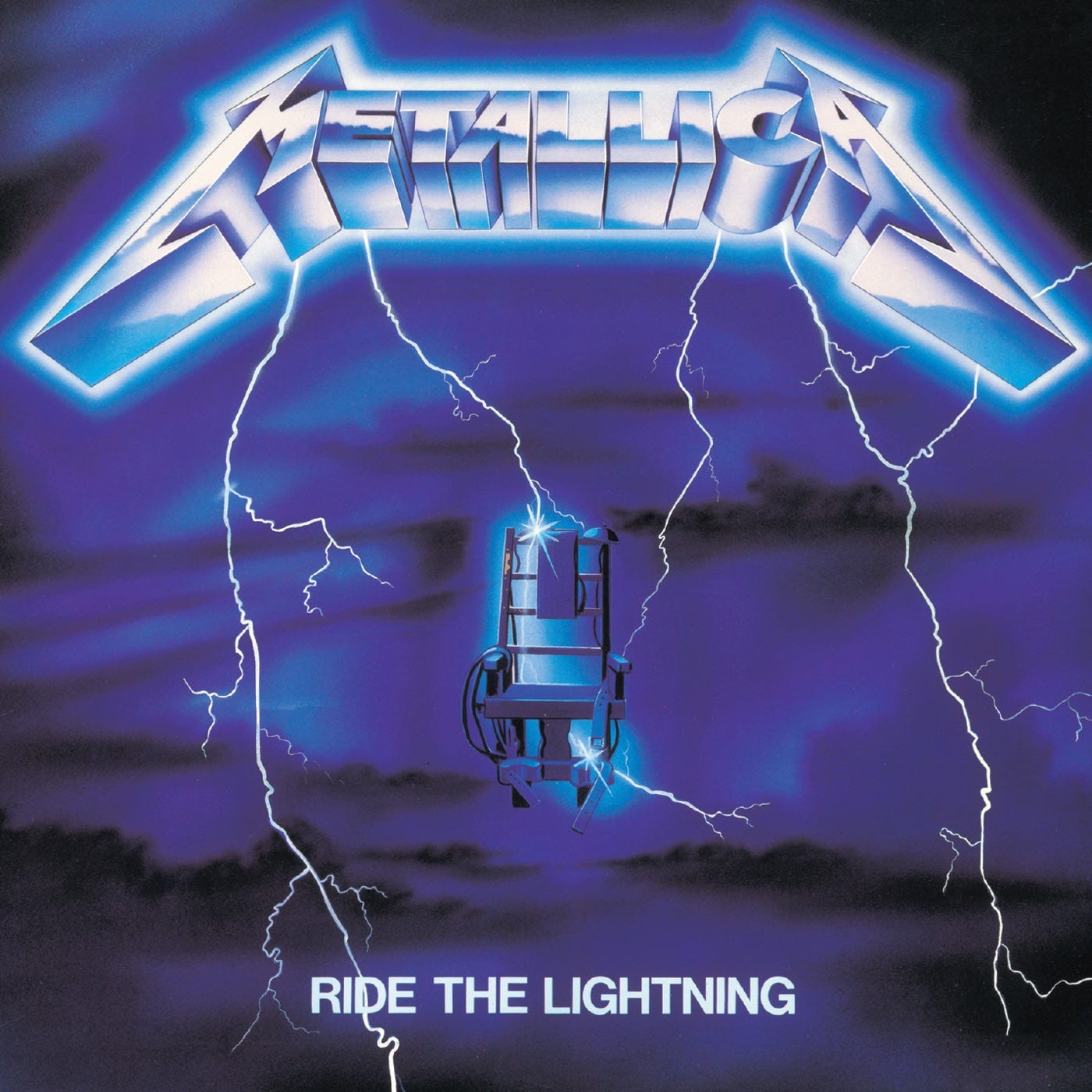
Sounds of rain and thunder permeate “Riders on the Storm” by The Doors and the self-titled track by Black Sabbath. Both ominously haunting songs, the bands capture the feeling of the weather phenomenon. Black Sabbath, along with many other metal bands, use the electric trope throughout their discography and visuals. Like Metallica with the cover of Ride the Lightning alongside their sharp and shiny logo reminiscent of thunderbolts.
Lately, I’ve noticed many female artists creating stormy worlds. From UK sensation PinkPantheress to folk singer Jess Williamson, both musicians use the bolts in a soft, detailed way, as if in a J.M.W. Turner painting. Coming to prominence in the early 1800s, Turner became known for his atmospheric landscapes that shaped light in a soft yet dramatic way. In Sunset amid Dark Clouds over the Sea circa 1845, we see deep reds and greens describe an impending gale. While in Stonehenge, he sets the scene for a sun storm with the faintest notion of a lightning bolt emerging from the clouds.
Caroline Polacheck took notes from the British painter for the cover of her debut solo album, Pang. The backdrop rolls with dark, moody clouds as she climbs a ladder, hair flying in a stormy wind. In the music video for “Ocean of Tears,” we see her on board a ship surrounded by lightning strikes, which we assume are just outside the frame of her album cover. Throughout god mythology and music history, lightning has been mainly used to depict male-identifying figures. The women described above almost utilize the concept of a storm as a side effect of their powerful aura. It’s refreshing to see the symbol used in a new light.
See more album covers with lightning below:
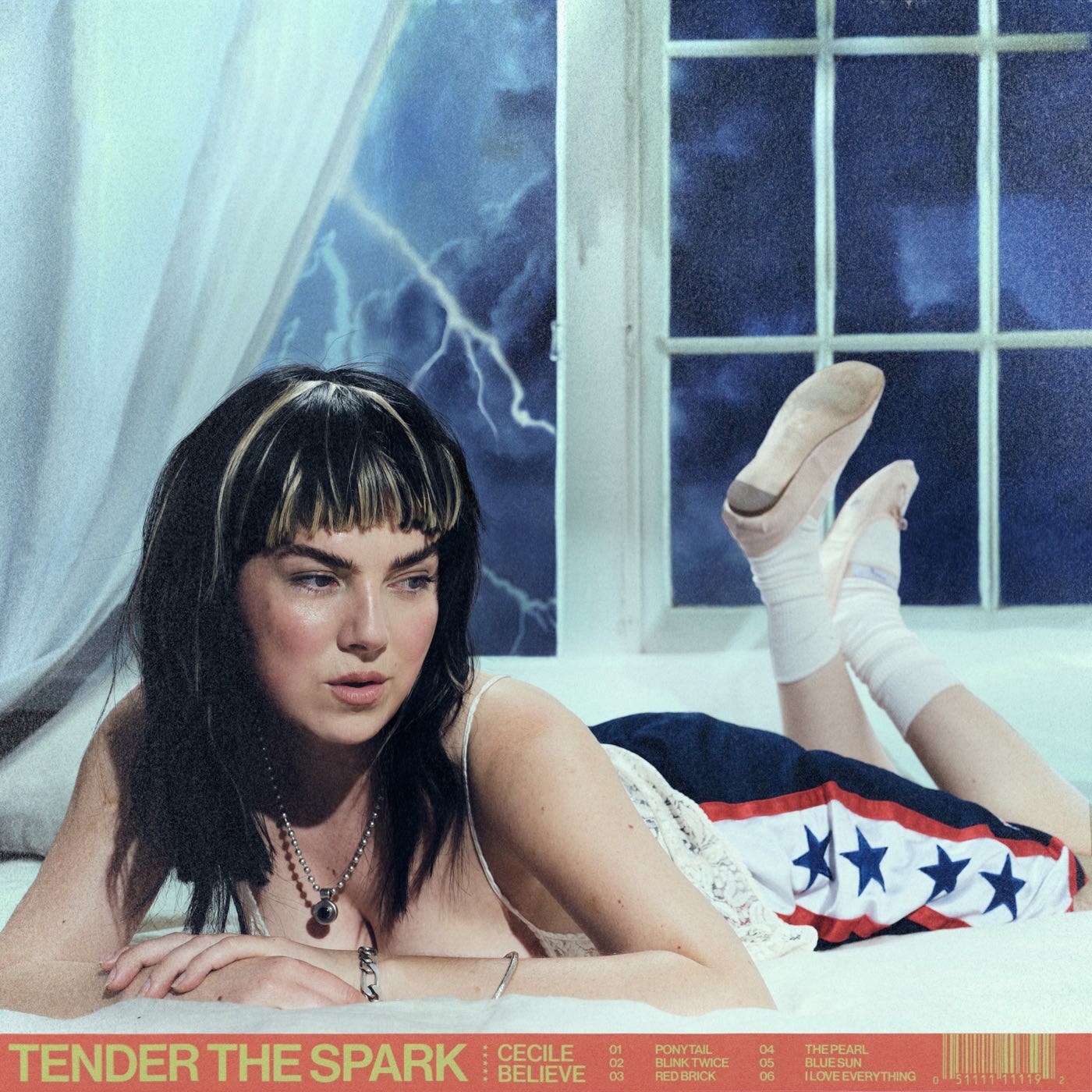
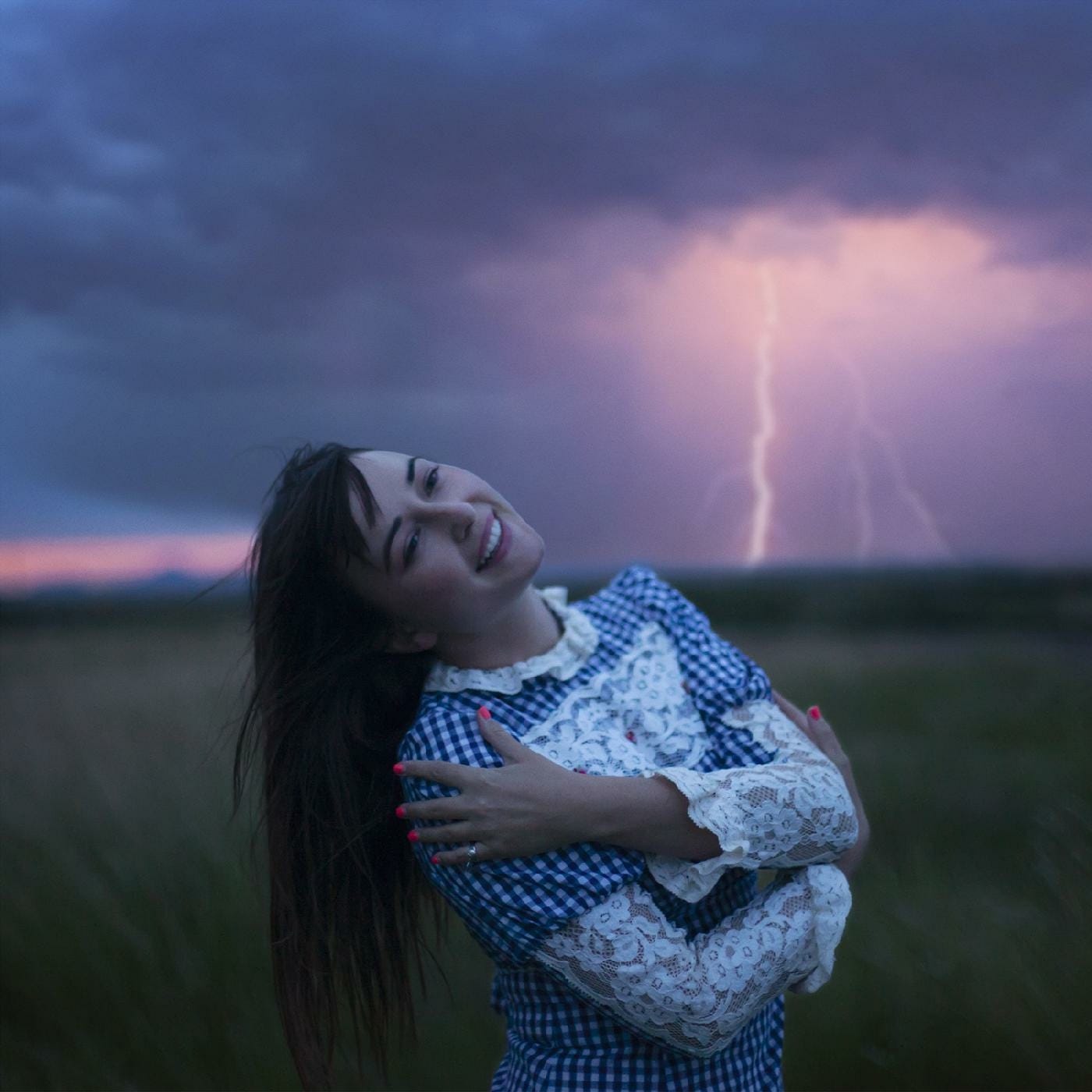
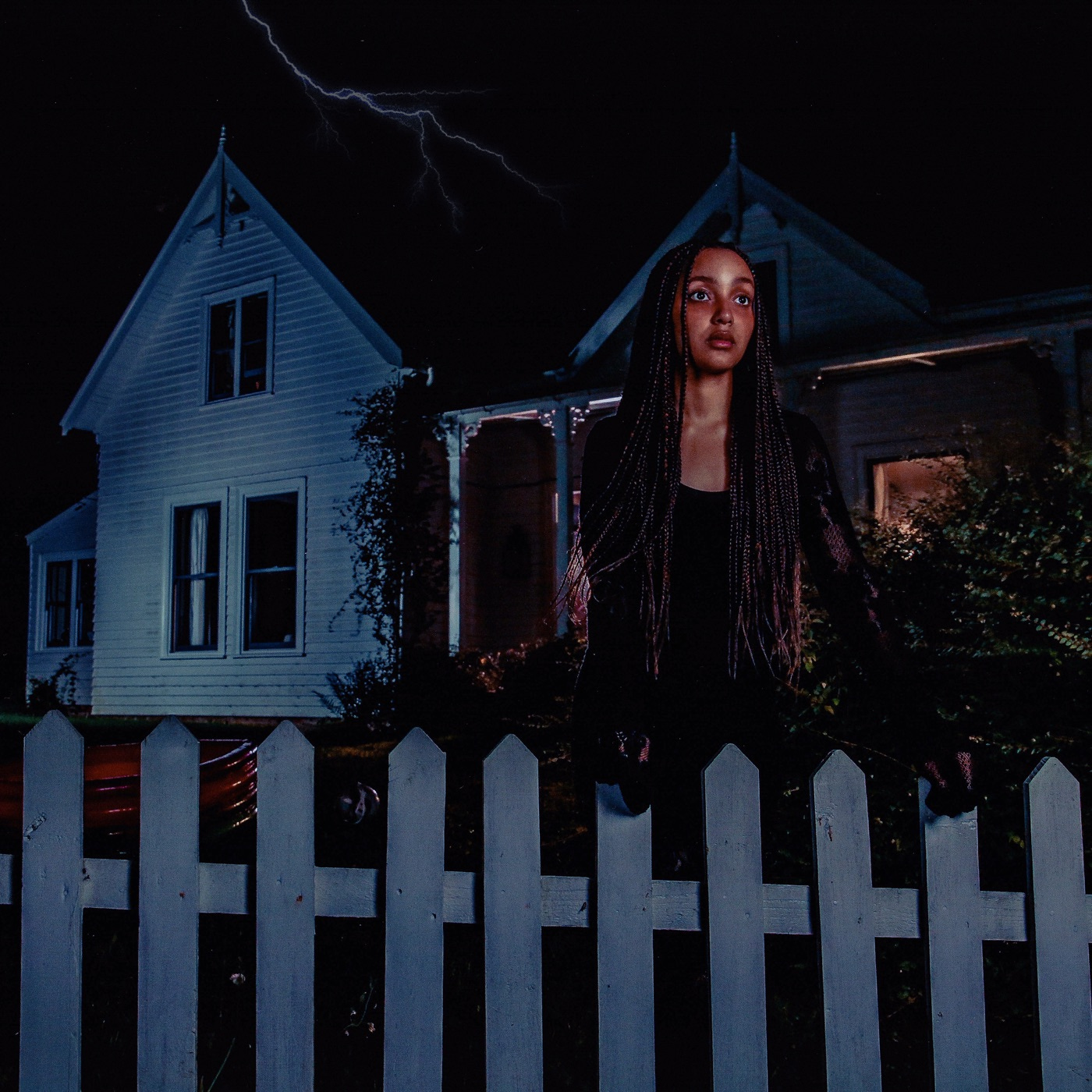
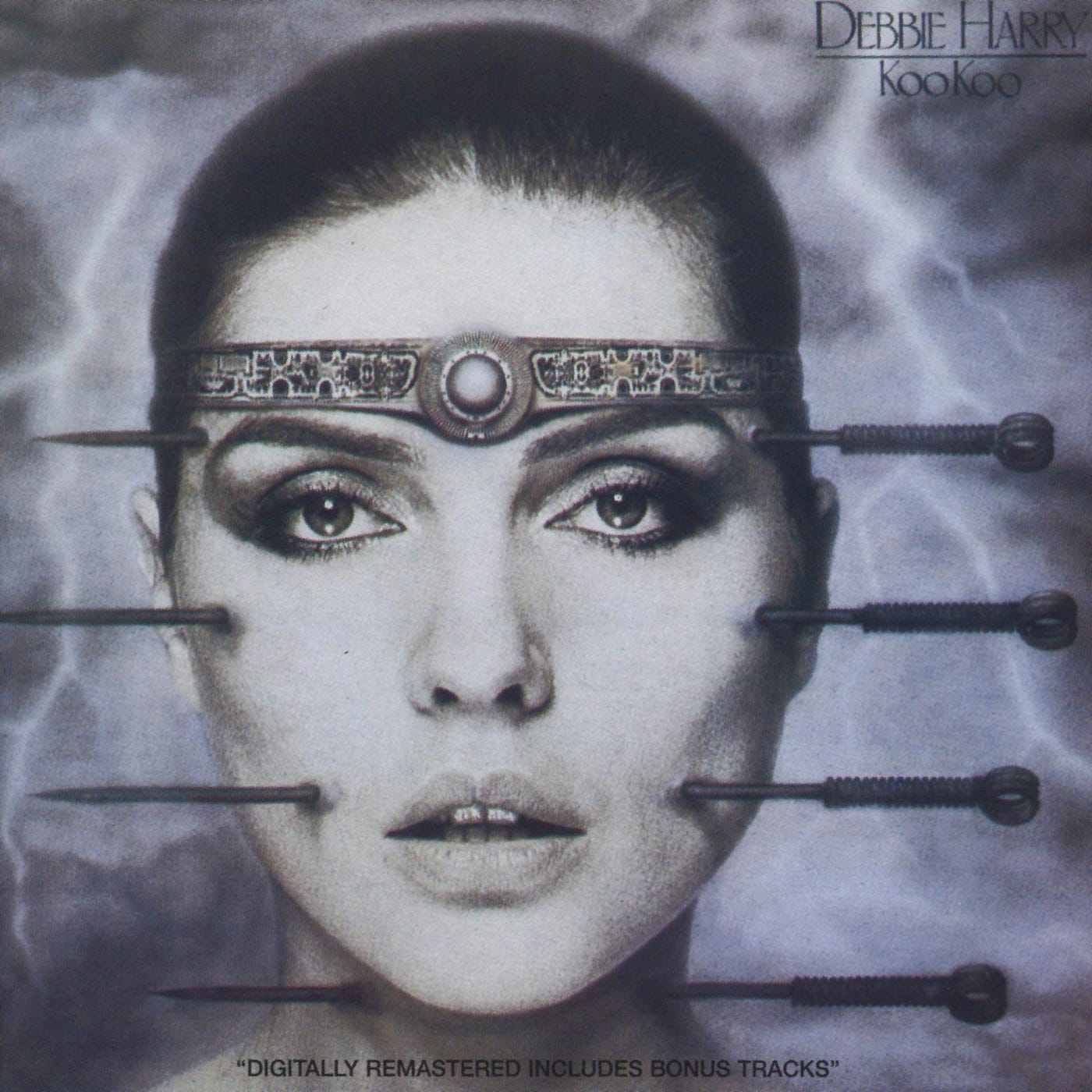
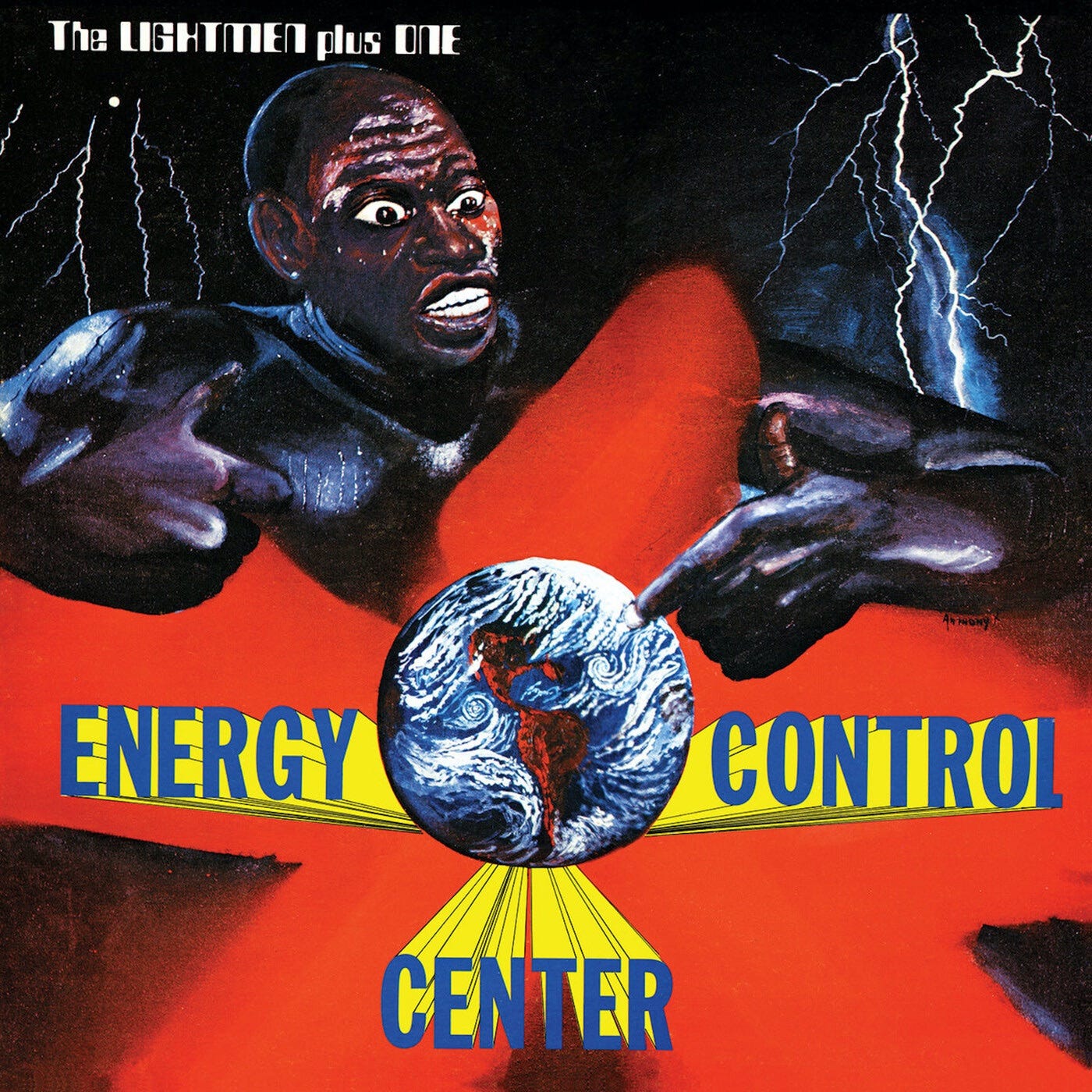
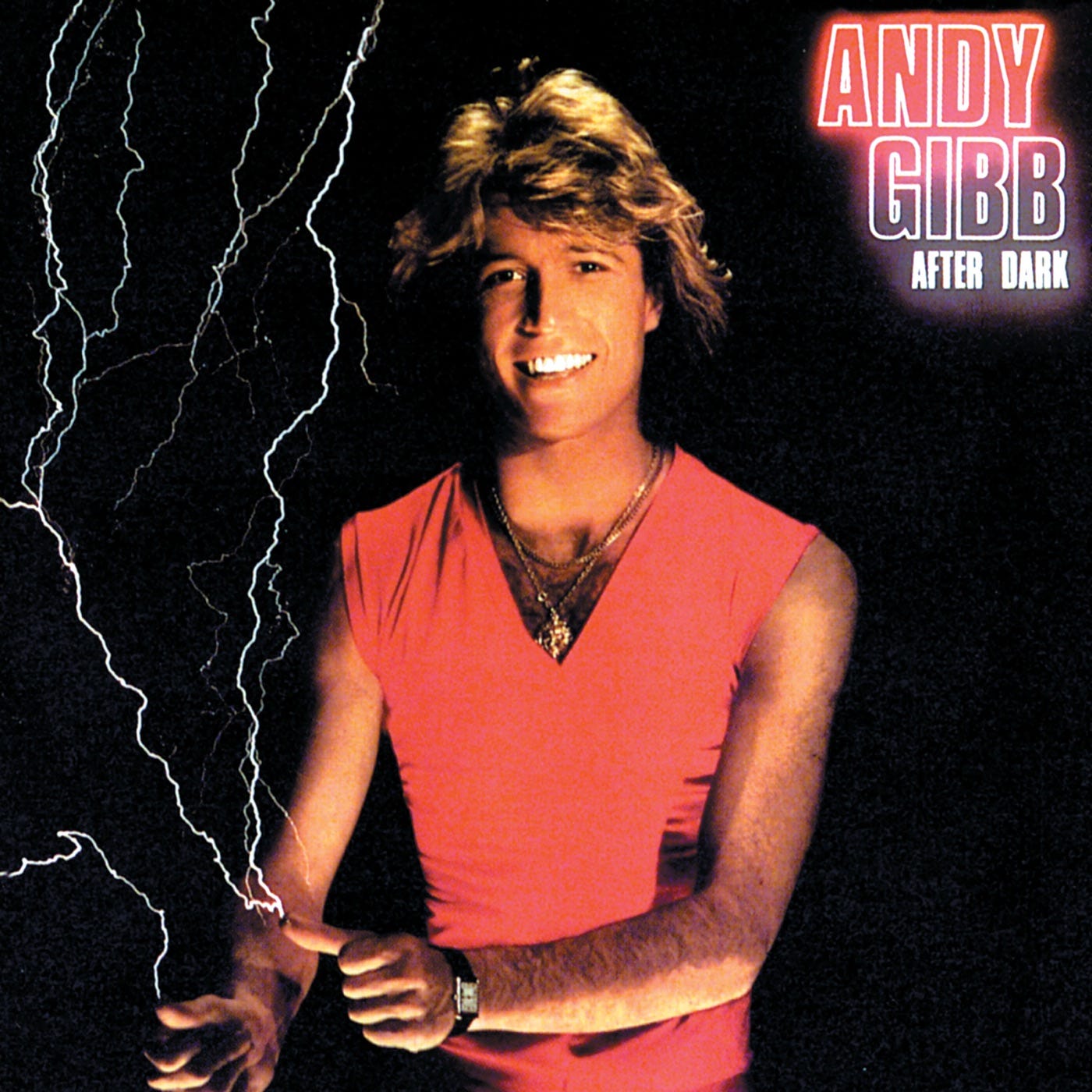
The Art of Cover Art is a free educational and inspirational resource. If you have $5/ month to spare, it would be super helpful in furthering my research. Or, if you think a friend might enjoy this newsletter, the best way to pay it forward is by sharing!




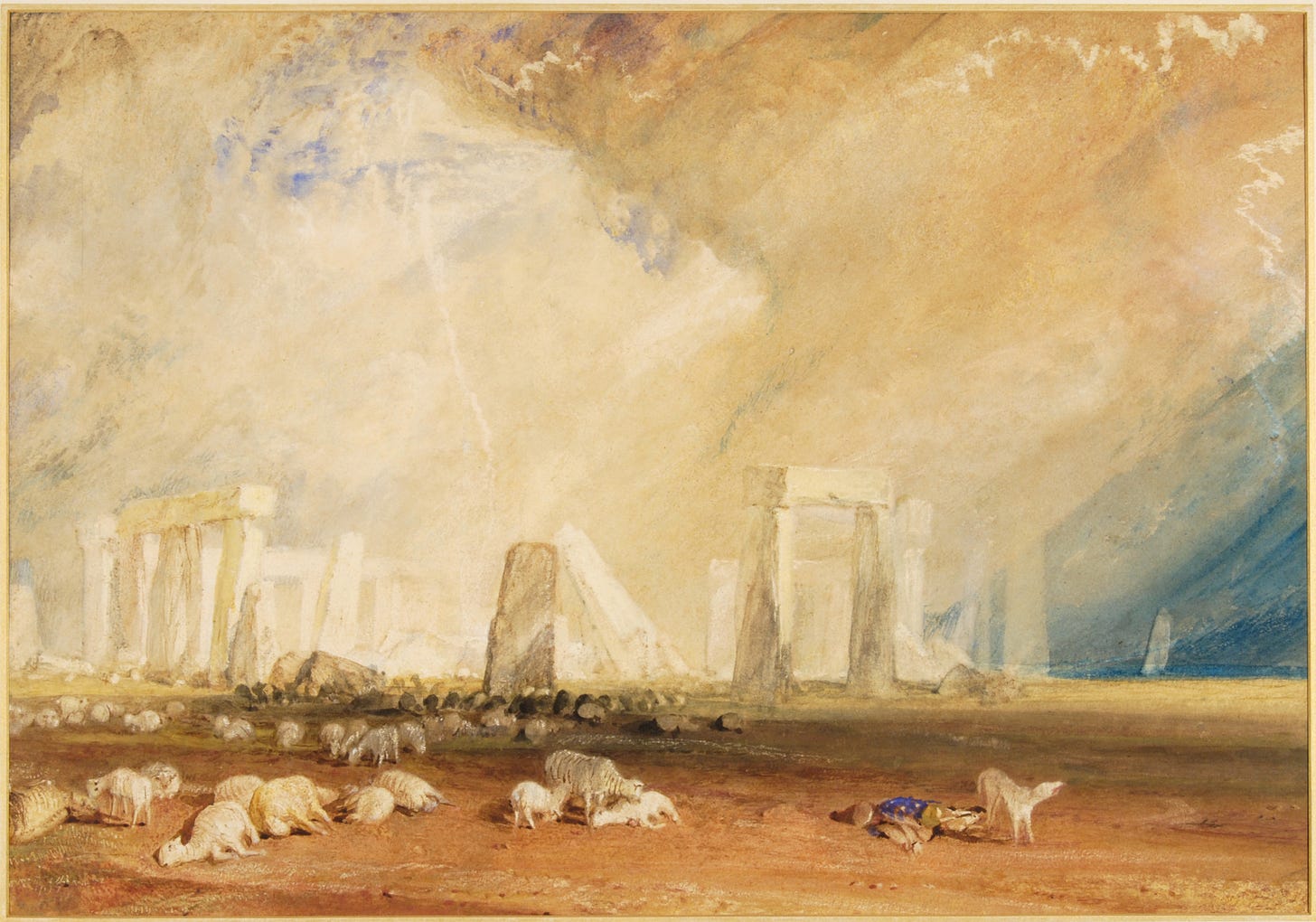
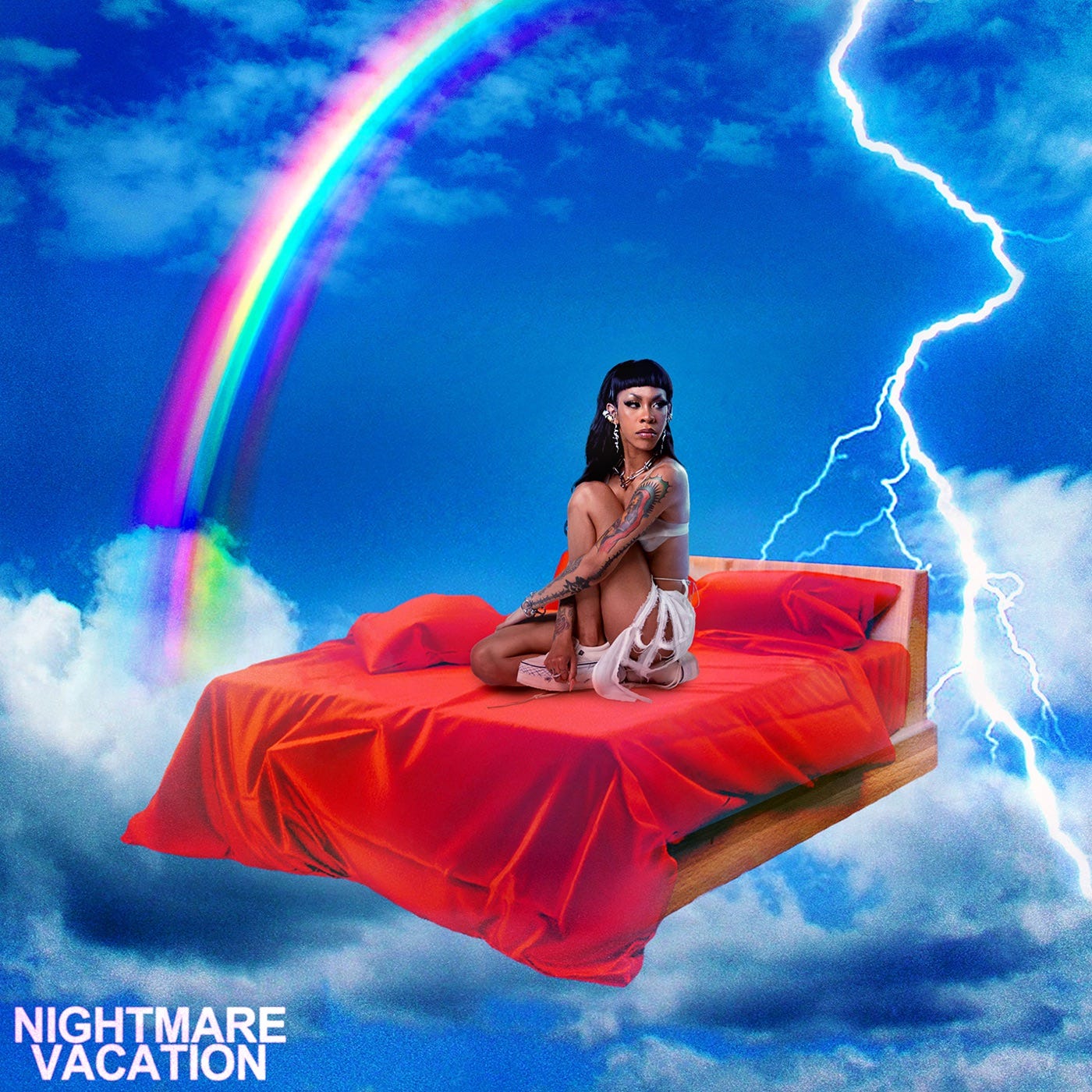
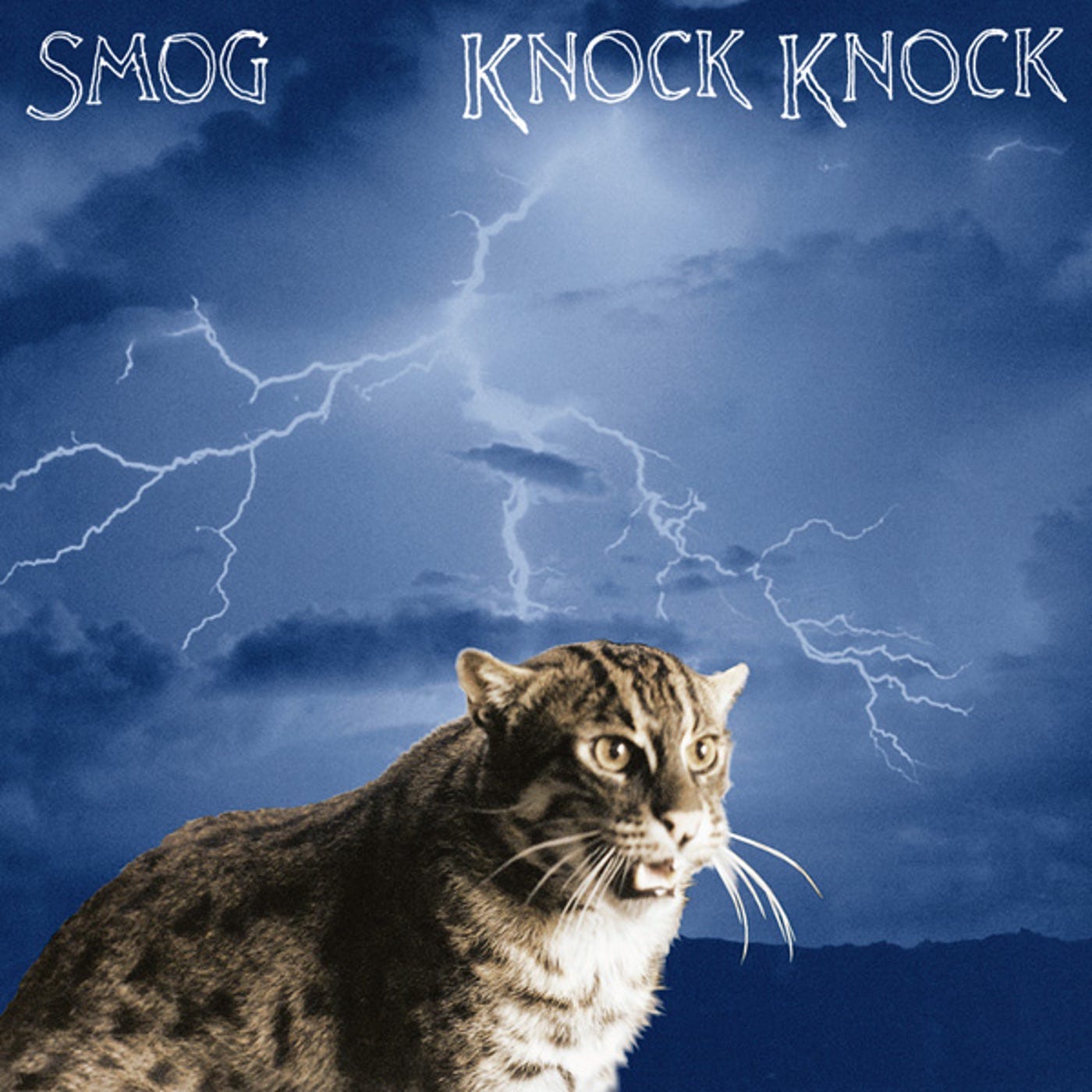
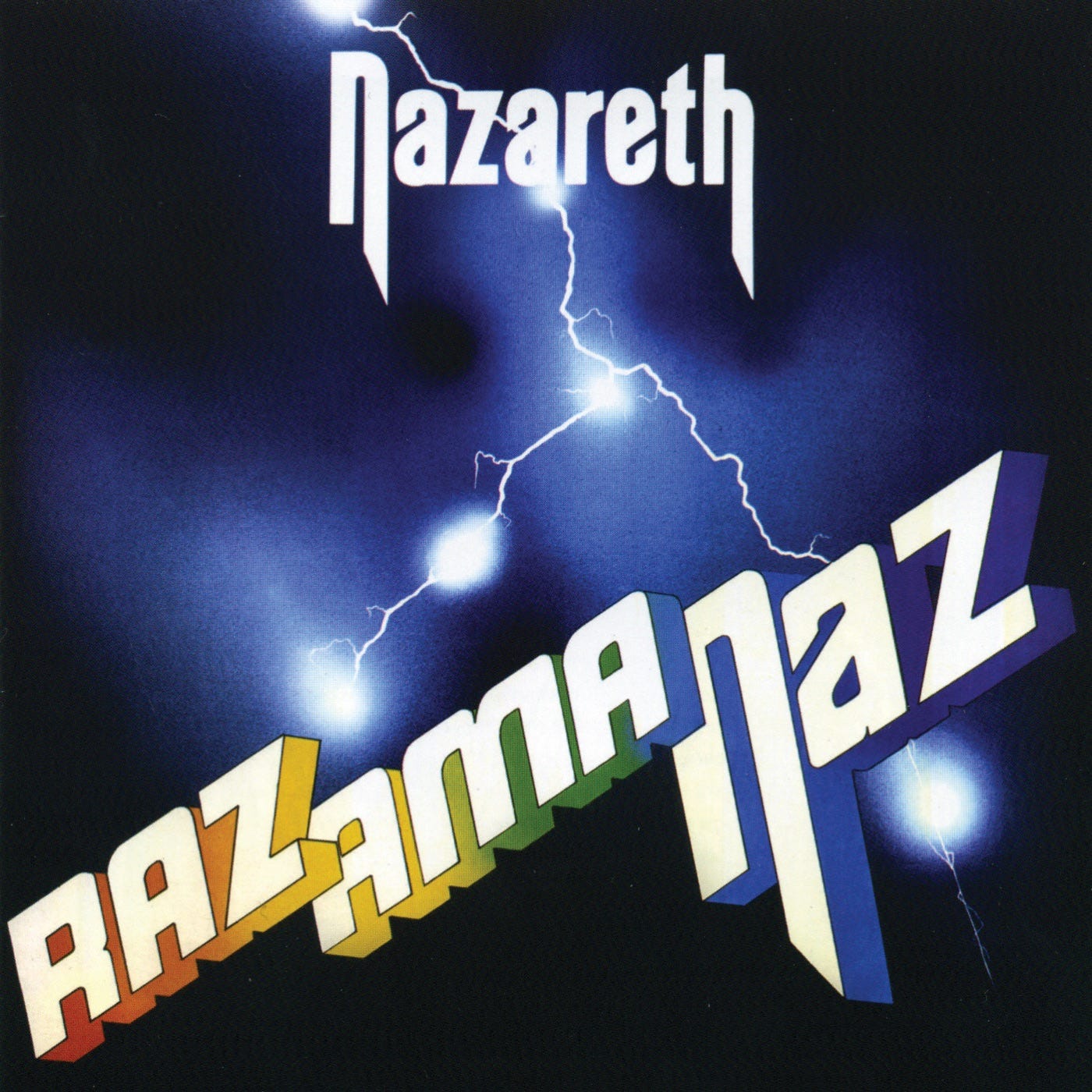
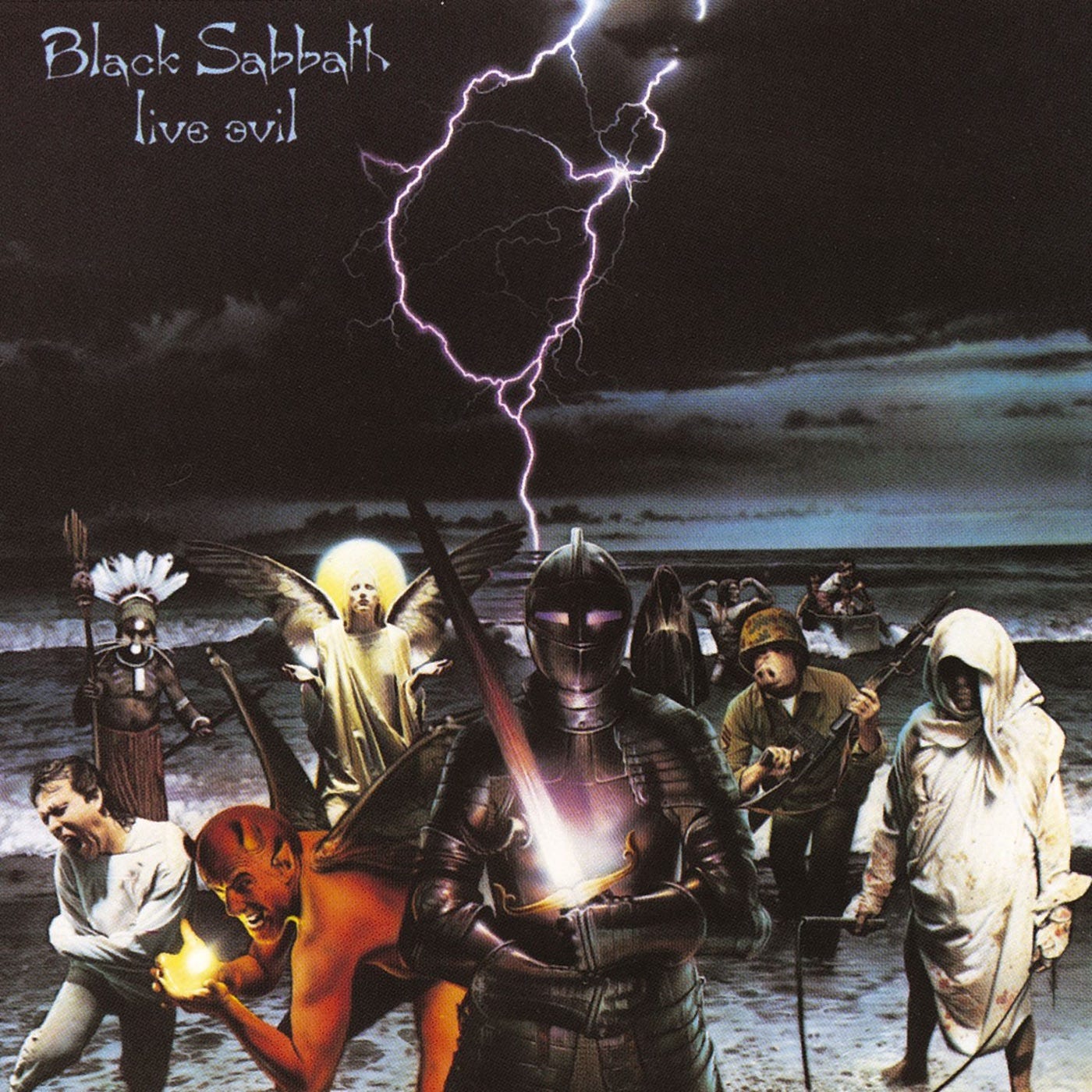
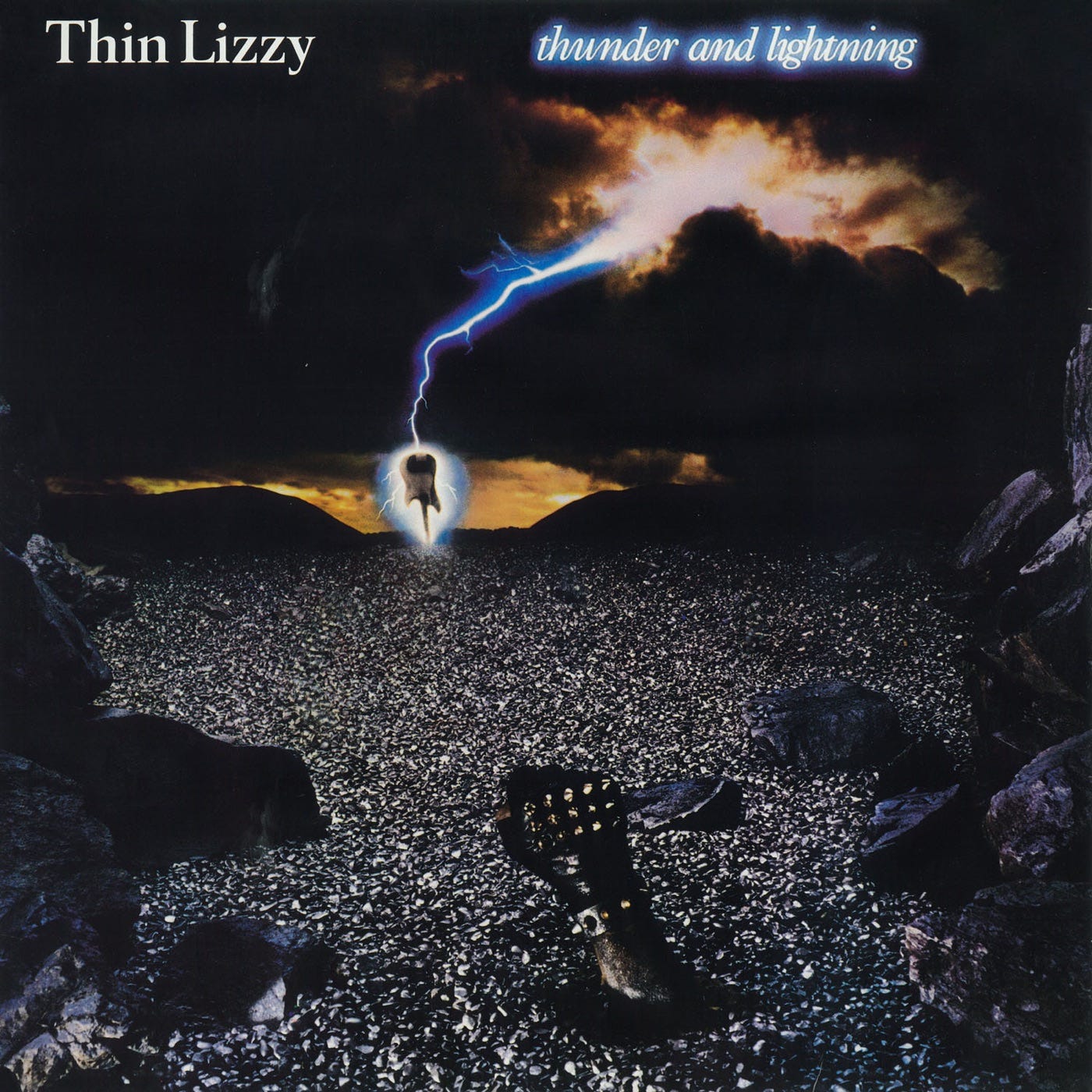
Late to the party but I would like to cast a vote for Neon Park's cover art for Little Feat's "Feats Don't Fail Me Now" LP (1974) wherein a bolt from a dark sky reaches out for George Washington and Marilyn Monroe as they drive up the PCH in a '41 Hudson.
I've often wondered why Park has not had a retrospective at a museum such as the ones for Rick Griffin at the Laguna Art Museum (a wonderful show, I still have the booklet) and Victor Moscoso (several museums). Perhaps some day.